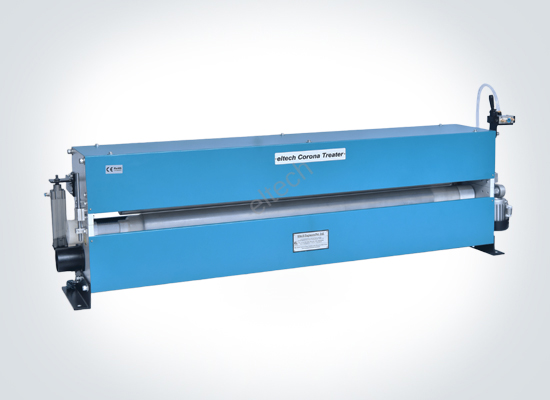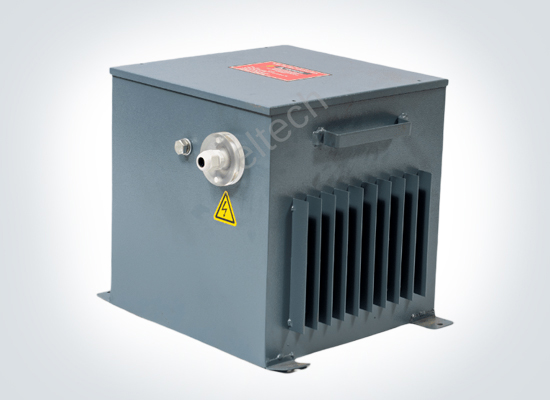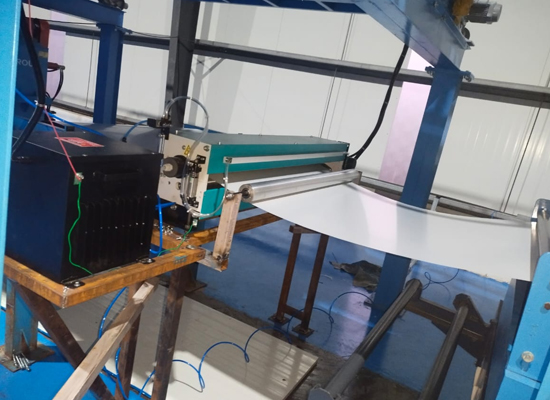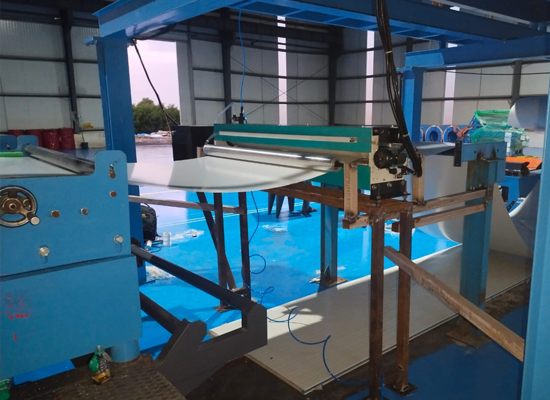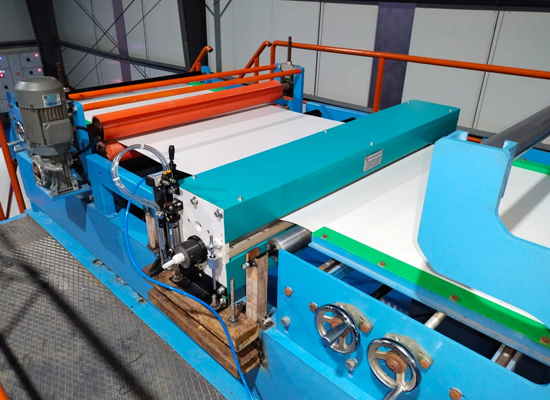The board's insulating core can be either polyurethane foam or pre-coated GI sheet (PPGI), stainless steel (SS), cement fiber board, or ACP sometimes the insulation core will either be Polyurethane foam (PUF). The Continuous Line Panel Production method, as the name implies, entails all steps from producing sheet metal profiles necessary for both faces, panel to panel connecting profile detail, foaming, panel forming, curing, and final product cutting to length in one continuous process.
Steel Coils in the desired color and thickness are fed into two coilers at the beginning of the manufacturing process. The sheet metal profiles and the panel connecting profiles are formed using these steel coils after being fed through two different roll formers. The two steel facings proceed to the molding area after passing through the heating chambers during roll forming. After that, liquid urethane chemicals are sprayed onto the lower steel sheet. To increase the bonding strength of the sheets, a "CORONA SURFACE TREATMENT" is applied to the inner surface of prepainted galvanized steel sheets as necessary. An oscillating manifold with equally spaced delivery nozzles transports the chemical system into the cavity. After the "cream time" has passed, the chemical system begins to respond. Once the "rise period" has passed, the foam will begin to rise. After the 'tack-free' period has passed, the top surface of the foam begins to stick to the bottom surface of the top sheet. While the entire "mold" is developing, all of these responses are still happening. The side belts and pressure plate conveyors over the two sheets are long enough to keep the "Sandwich" closed for a significant amount of time, curing the final panel completely before it exits the double belt section. Following this, the panel is cut with a band saw to the necessary size.


